Modena to host Aliplast’s new state-of-the-art plant for rigid plastics recycling
Focus
Focus
Category Facet
Custom Facet
Search Results
-
Web Content Article · By Antonio Filippone On Jul 21, 2025 3:20 PM
In Bologna, we will build the new SynBioS plant – a cutting-edge solution of international relevance in the field of clean energy – to convert renewable electricity into synthetic natural gas and...
Categoria Progetto: Energy Efficiency Innovation Categories: Energy -
Web Content Article On Aug 4, 2020 5:20 PM
District heating is already in itself a "sustainable" and environment-friendly solution, because it can guarantee better performance than traditional domestic boilers. In addition, the plant...
Categoria Progetto: Heratech Project Energy Efficiency -
Web Content Article On Aug 4, 2020 5:12 PM
Since 2017, we have been developing a measuring system, conceived by Hera Luce, which analyses the materials used in public lighting. What's the target? Making their life cycle circular, as well.
Categoria Progetto: Energy Efficiency Circular Economy -
Web Content Article On Aug 4, 2020 5:08 PM
Producing electricity and heat from non-reusable waste. How? In a waste-to-energy plant: it's a safe and legally compliant plant and an energy resource for the local area.
Categoria Progetto: Energy Efficiency Circular Economy -
Web Content Article On Aug 4, 2020 4:21 PM
What's Ferrara's green secret? It lies underground, where a geothermal reservoir powers the city’s district heating system. As a result, 95% of the thermal energy distributed in the city is clean...
Categoria Progetto: Innovation Energy Efficiency Circular Economy Innovation Categories: Energy -
Web Content Article On Aug 4, 2020 4:07 PM
We have installed a turbo expander at the R&M stations of Ducati's factory in Bologna. The goal is to recover electricity from the decompression process of methane gas.
circulareconomy Categoria Progetto: Innovation Energy Efficiency
Asset Publisher
A revolution rooted in the circular economy: thanks to separate waste collection, organic waste is fed into an anaerobic digestion process to produce biogas.
Biomethane: a clean resource of biological origin
So, what makes this source of methane “bio”? Quite simply, it’s how it is produced: not by drilling into deep underground deposits, but by fermenting organic waste in dedicated facilities. Biomethane can be produced continuously, it is inexhaustible, and production can be increased simply by building more plants. This makes it one of the clearest examples of a circular economy.
In Spilamberto, a biodigester converted into a biomethane plant
An innovative plant for the production of biomethane is in operation in Spilamberto, in the province of Modena. It was developed by the NewCo Biorg, a joint venture between the Hera Group and Inalca (Cremonini Group), through a total investment of around €28 million and the use of the best available technologies.
Starting from separately collected organic waste and agri-food effluents, the plant – the result of converting an old biodigester – produces, at full capacity, 3.7 million cubic metres of biomethane per year, a 100% renewable fuel intended for transport, and around 18,000 tonnes of compost.
A cutting-edge plant for the energy transition and the circular economy
The 100% renewable natural gas is produced through anaerobic digestion of organic waste from separate collection carried out mainly in Modena and the province, along with waste from local agri-food processing and meat production by Inalca. Once refined, it becomes biomethane and can be fed into the gas network.
Significant environmental benefits: around 7,000 tonnes of CO₂ avoided
Thanks to the injection of biomethane into the network and its use in transport, significant environmental benefits are expected. Every year, around 3,000 tonnes of oil equivalent (TOE) in fossil fuels are saved, and approximately 7,000 tonnes of CO₂ emissions are avoided. Absorbing such an amount of CO₂ would require, on average, 280,000 trees.
What happens in our plant in Sant'Agata
Organic waste, collected through separate waste collection, undergoes anaerobic digestion to produce biogas. This is how the process works: the waste is shredded and screened, then remains for about 21 days in four horizontal digesters, where suitable microorganisms carry out the digestion process and produce biogas (composed of methane and carbon dioxide). After this, the biogas undergoes an upgrading, or purification, phase using pressurised water: the carbon dioxide dissolves and separates from the methane. The result is biomethane, a gas with a methane content above 95%, and a completely renewable source of energy. Not only that: at the end of the digestion process, lignocellulosic material is added to the outgoing solid fraction, producing a compact mass that then undergoes composting to create high-quality compost, which can be used as potting soil or agricultural fertiliser.
Biomethane is therefore another revolution rooted in the circular economy, one that we at Hera Group are committed to advancing. We do all this with the goal of creating shared value, as Andrea Ramonda, CEO of Herambiente, emphasises: “The direction we have taken looks towards the industrial sector with an increasing focus to creating shared value and partnerships. We are aware that sustainable waste management, focused on recovery and in full compliance with regulations, is essential in today’s world and generates benefits for the entire community.”
Working together for a circular city
At Hera Group, we have joined forces with Bologna Airport and Tper to launch a circular economy project that contributes to decarbonising urban mobility and improving air quality.
What does this partnership involve? The Airport delivers its organic waste to Hera, which collects it at the Sant'Agata Bolognese plant together with similar waste produced by citizens and transforms it into biomethane that Tper purchases to feed the fuel tanks of a significant part of its bus fleet.
This is an important step forward for our Group and for two major organisations in our area, which, like us, serve hundreds of thousands of people. We share a commitment to improvement and sustainability, in line with the UN 2030 Agenda.

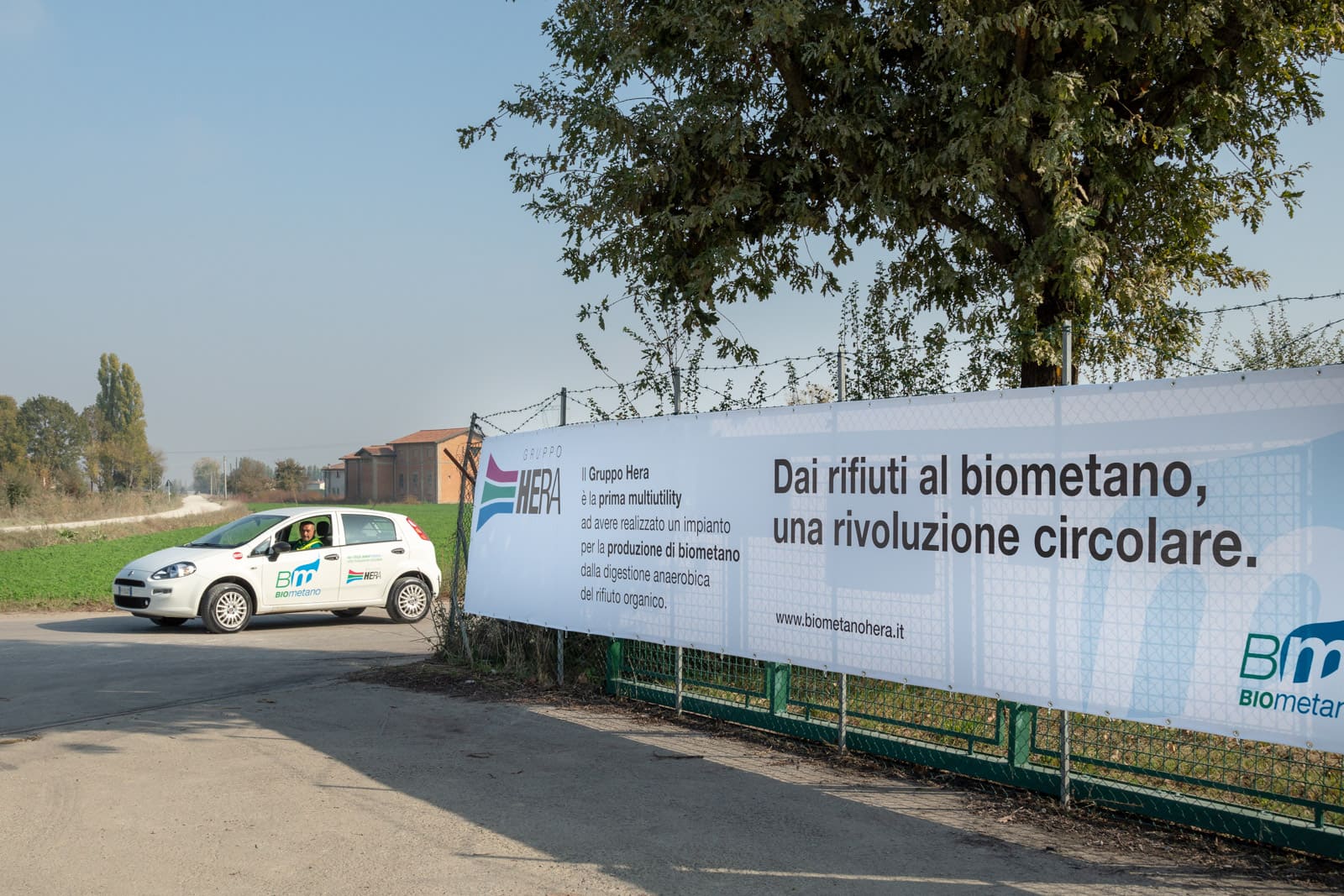
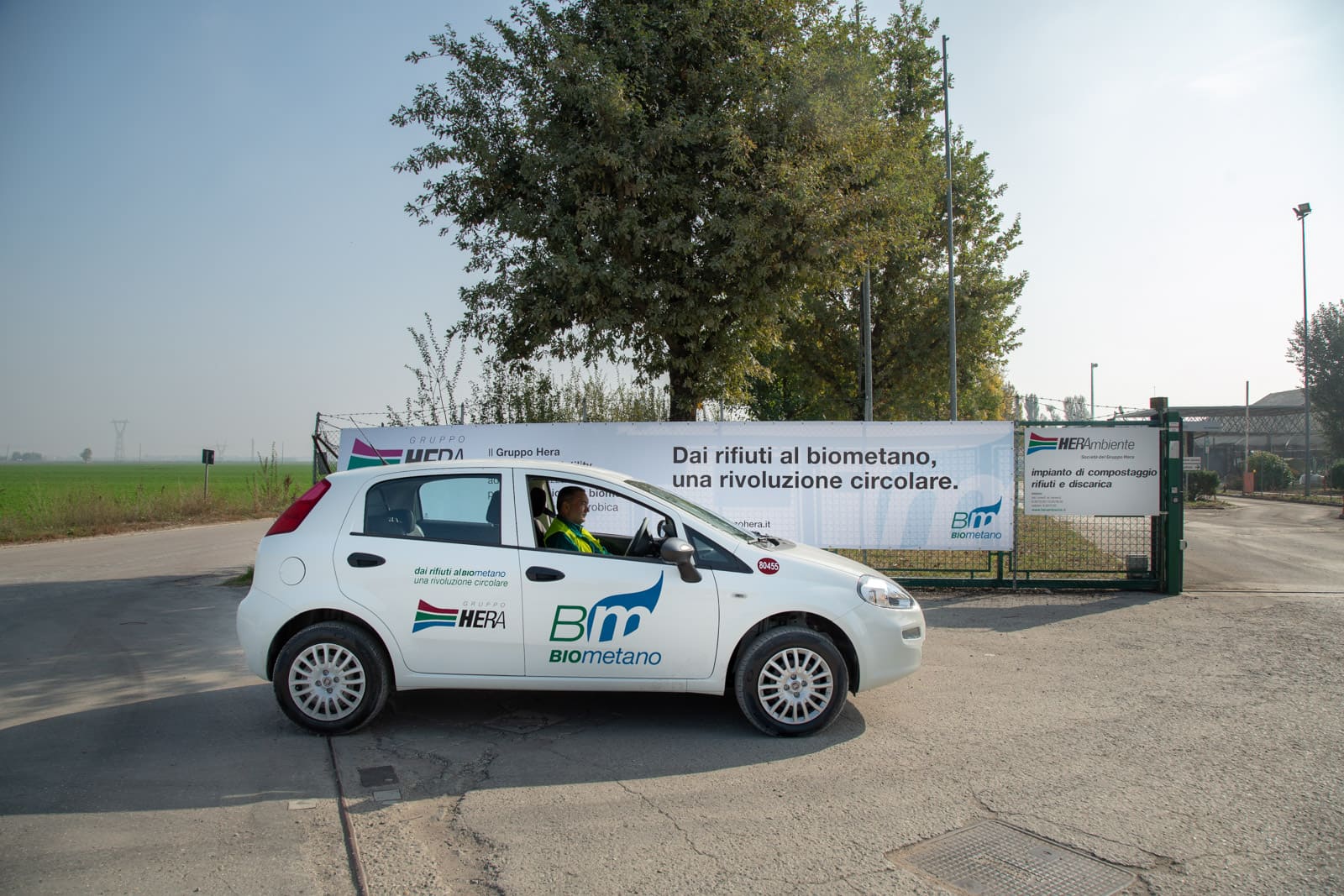
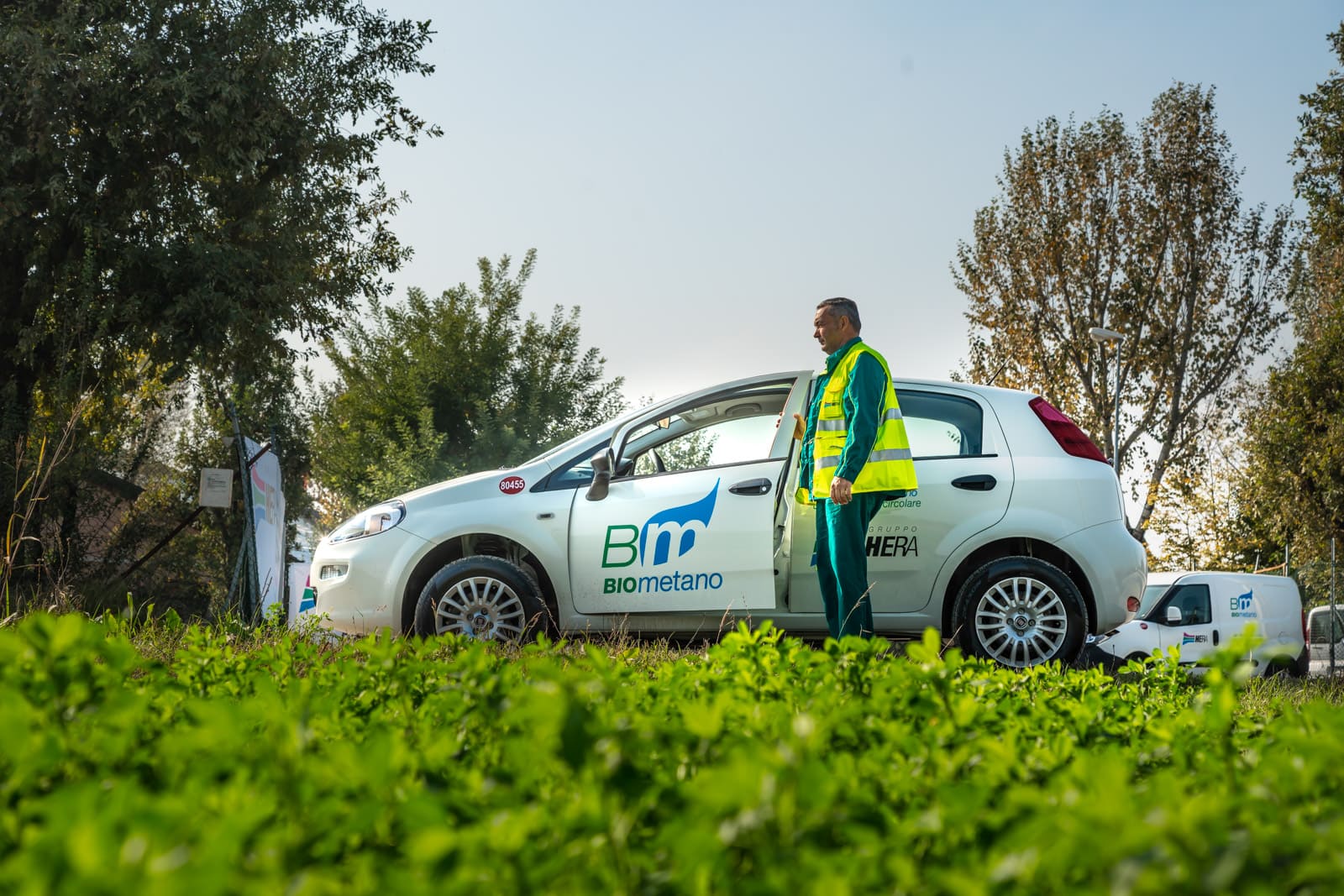



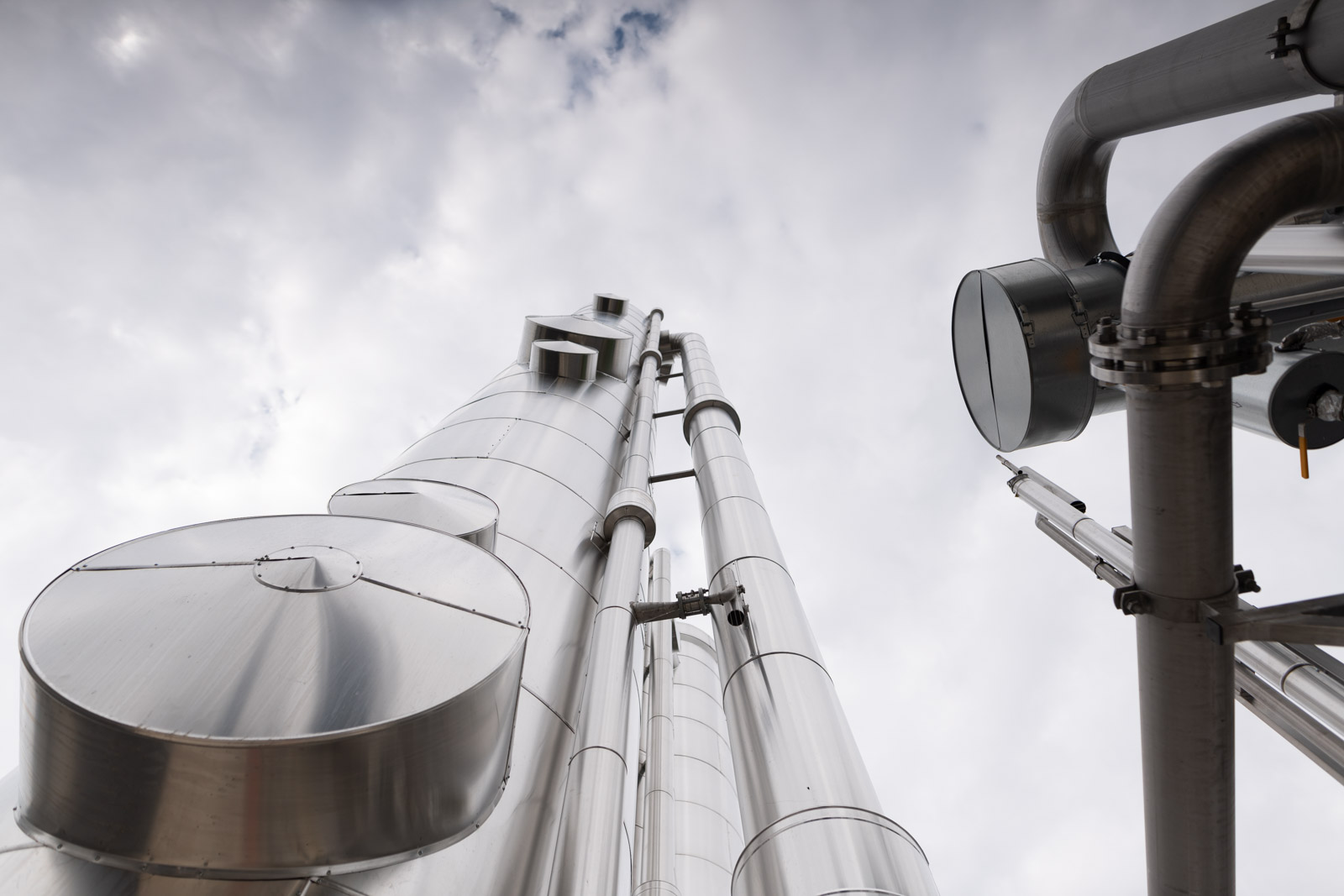
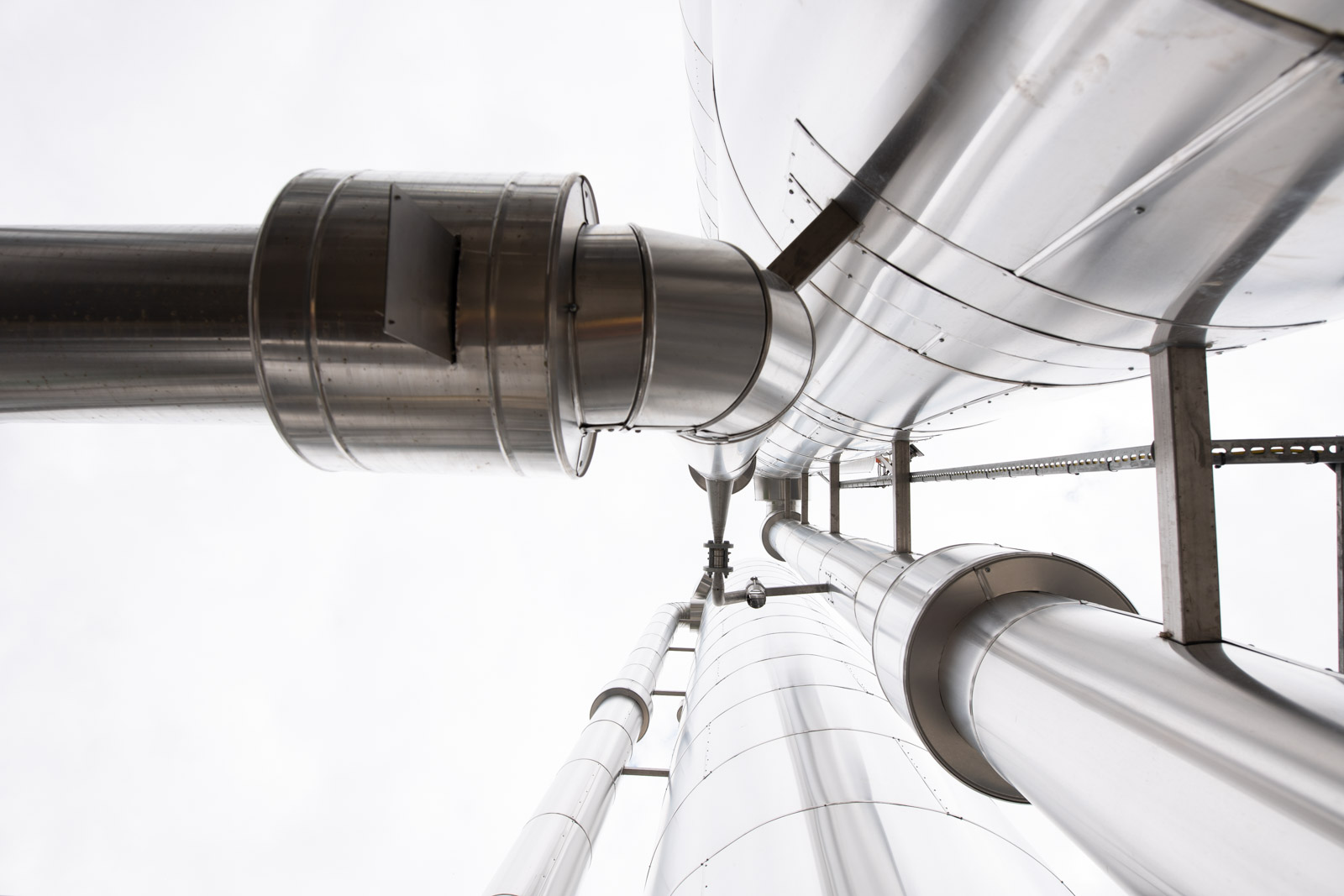
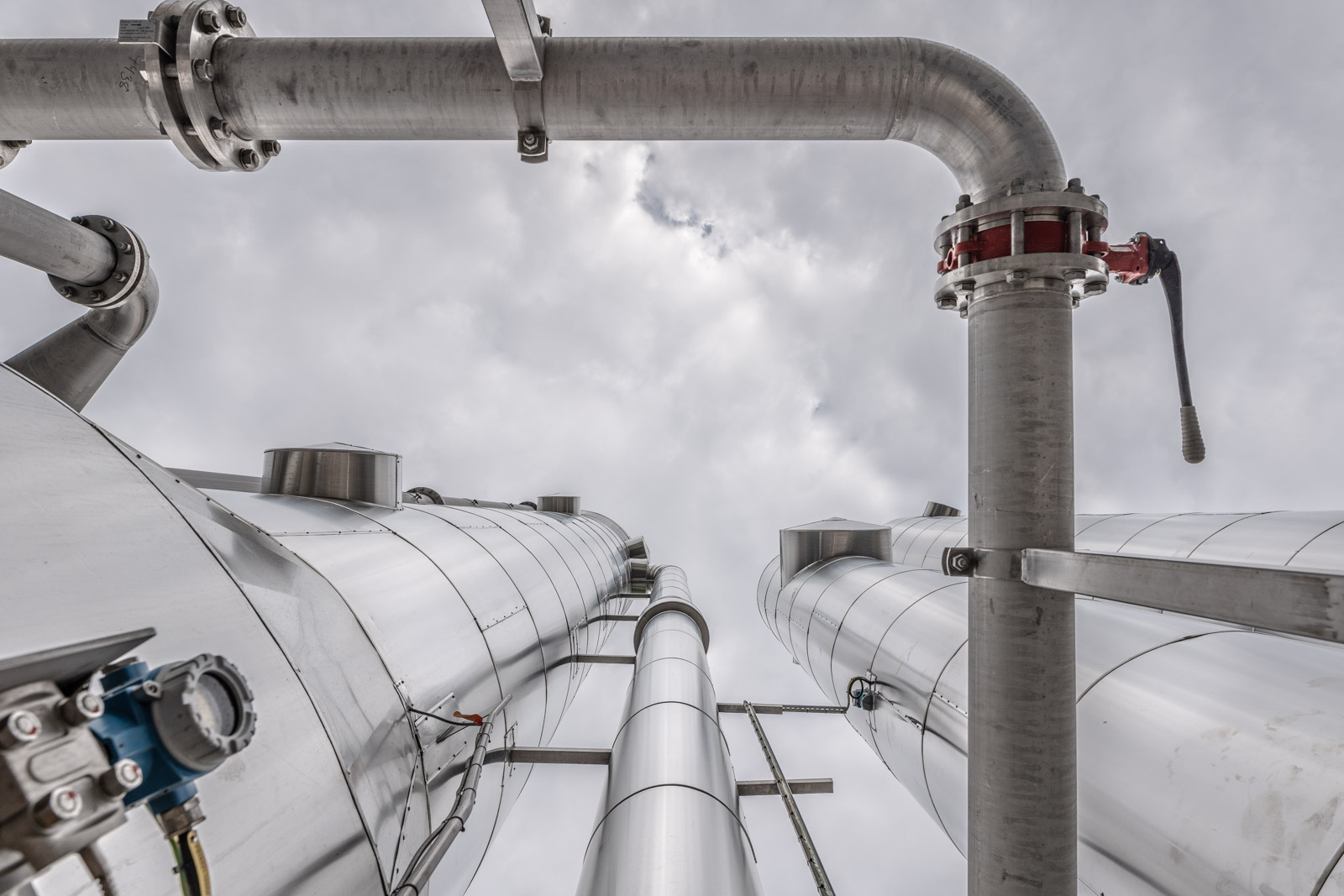
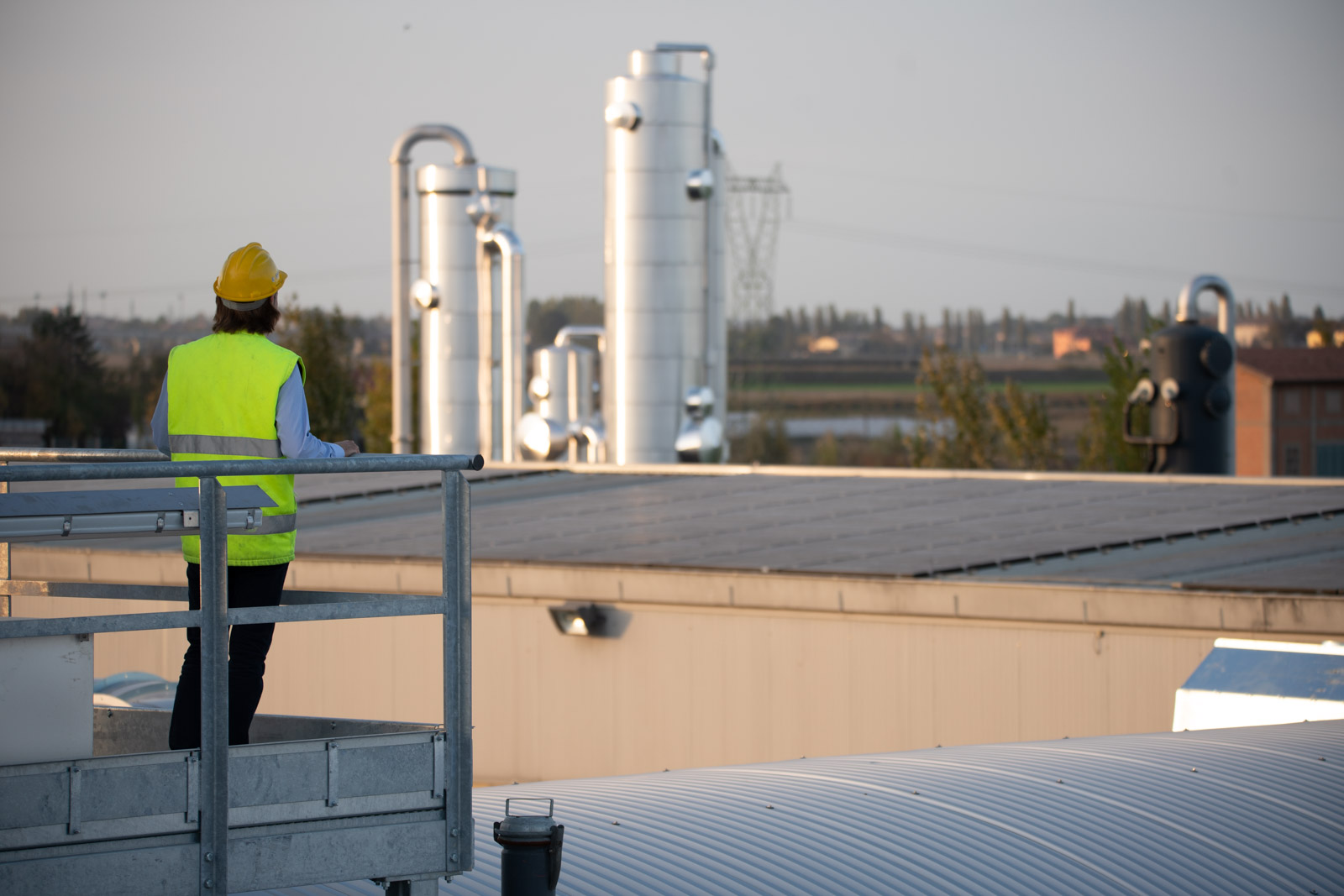


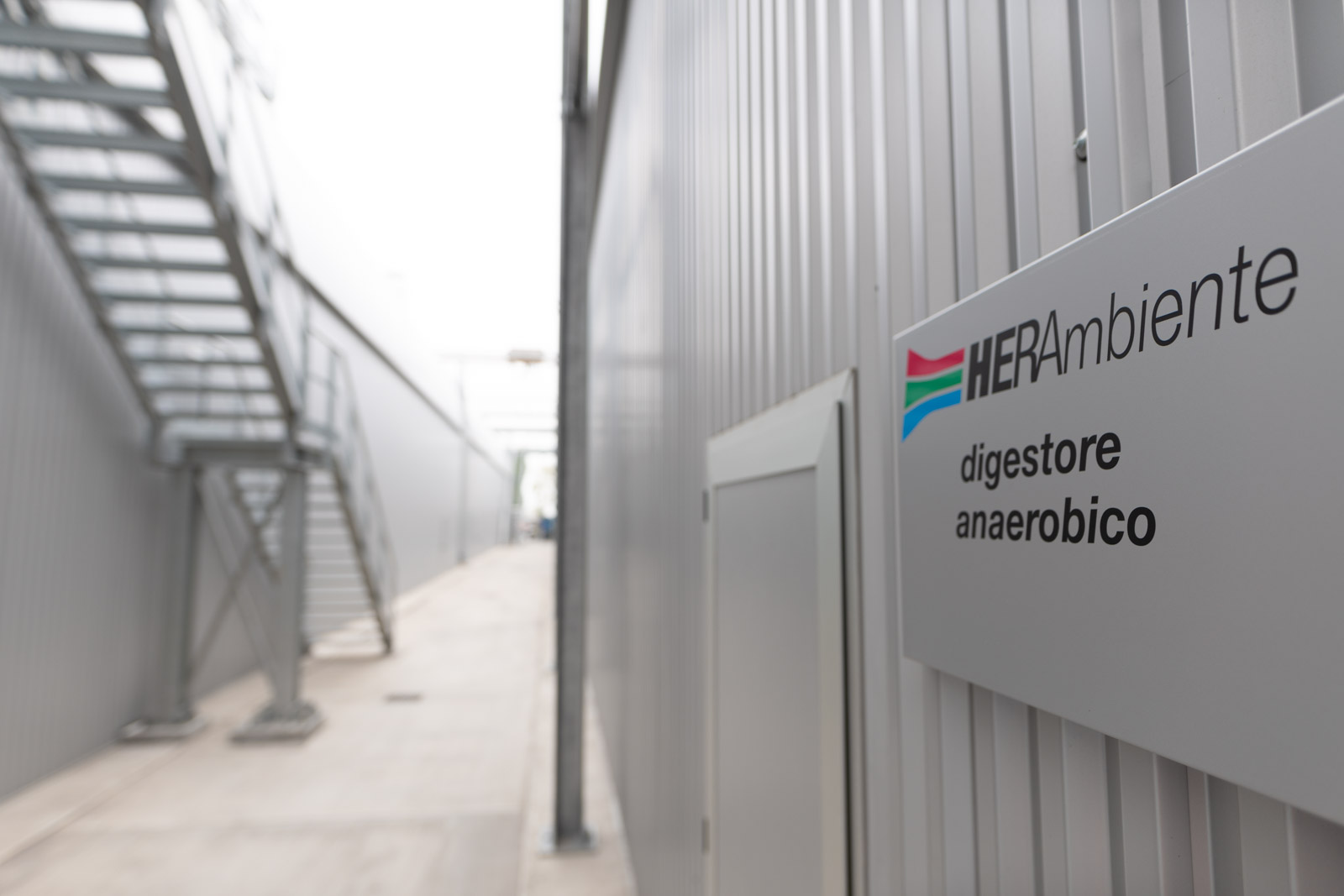
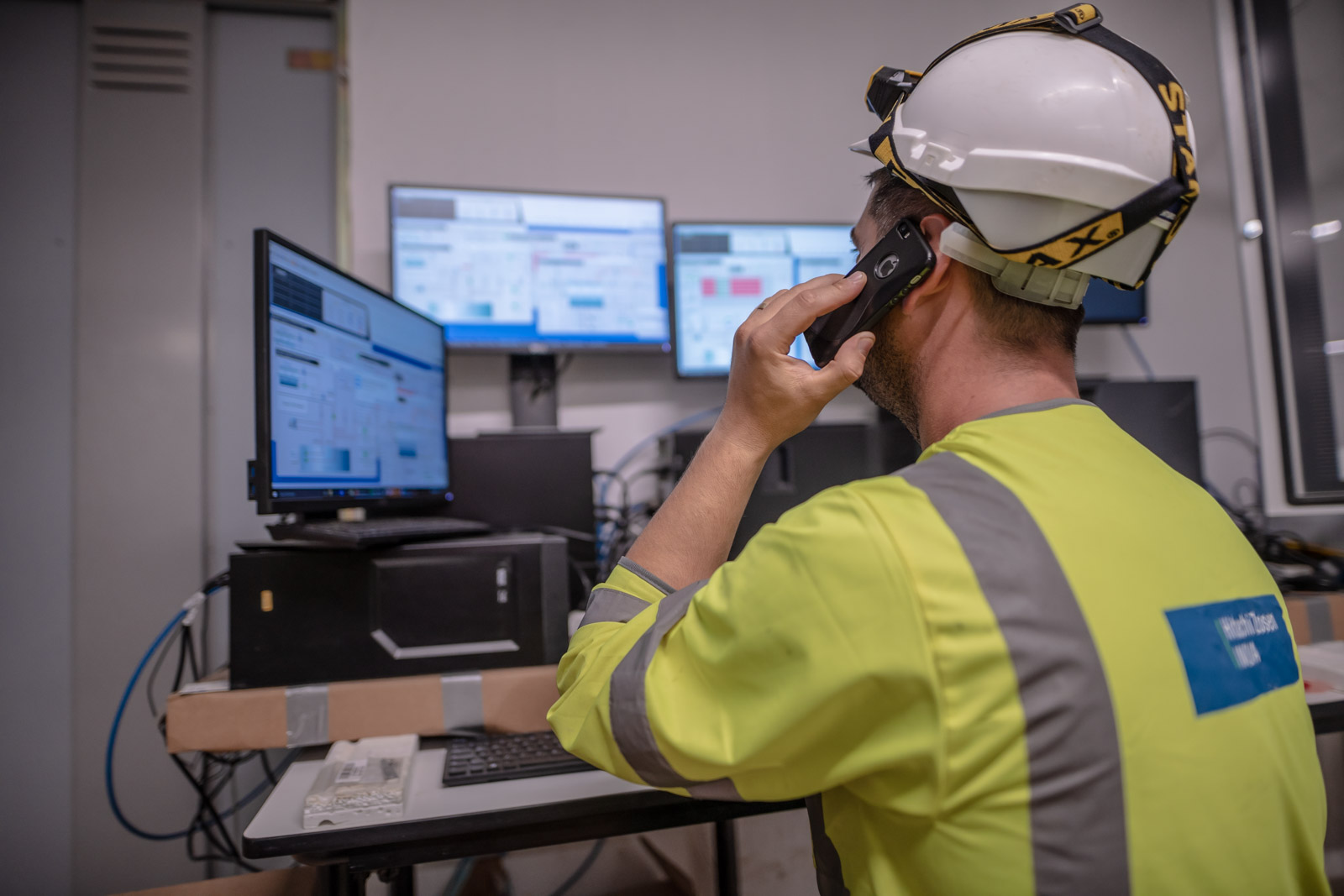
Search Bar
Tag Facet
Search Results
Asset Publisher
Modena to host Aliplast’s new state-of-the-art plant for rigid plastics recycling
High output, low environmental impact: a genuinely circular facility, among the most innovative in Europe and a model for the whole industrial sector, promoting shorter and more sustainable value chains.
Through our subsidiary Aliplast — the first company in Italy to achieve full integration across the entire plastic life cycle — we are building a state-of-the-art plant in Modena capable of producing high-quality recycled polymers with properties comparable to those of virgin, fossil-based materials.
By developing innovative plants like this one, the Group aims to further strengthen its position in the environmental business area, where Aliplast is Italy’s national market leader in high-quality recycling of PET (polyethylene terephthalate, recycled into pellets and flakes) and LDPE (low-density polyethylene, recycled into pellets), while also aiming to play a key role in rigid plastics recycling.
Quality of recycled material
At full capacity, the new plant will produce up to 30,000 tonnes per year of high-quality recycled polymers from rigid plastic waste — among the most difficult to recycle effectively — sourced in particular from sectors such as consumer electronics and automotive.
These polymers, although recycled, will be pure enough to be used again in the same end-use sectors, delivering performance comparable to virgin materials. Aliplast’s method is called upcycling, a regeneration process that upgrades the quality of the starting polymer, achieving high-end quality features.
In this way, the plastics leaving the plant will meet requirements that until now have been met almost exclusively with virgin feedstocks, enabling even sectors with high environmental impact to increase their sustainability. The amount of recycled plastics produced each year by the fully operating plant will allow to avoid around 40,000 tonnes of CO2 equivalent emissions.
The new plastics recycling plant has been designed according to the engineering and technology expertise of NextChem, the Maire group’s subsidiary for sustainable technology solutions.
Key plant figures
30,000 t/year
Rigid plastic waste processed (pre- and post-consumer industrial waste and post-consumer municipal waste) to produce recycled plastics including HDPE, PP, PO and other types
40,000 t/year
Estimated CO2 emissions avoided
EN15343
Compliance of recycled plastic flakes/pellets with European standards
A production process based on resource circularity
The new plant forms part of an established Hera Group site and will leverage the capabilities of several business lines. It will be powered by electricity generated by the nearby waste-to-energy plant, while the production process will use effluent from the wastewater treatment plant and then return it there, closing the loop.
The rigid plastics recycling plant will ensure high standards of safety and innovation, with automation systems and a high degree of digitalisation for all processes, thereby maximising energy efficiency as well. Treated plastic materials will also be local: they will be sourced mainly from waste already handled in Hera Group’s sorting and recovery lines through Herambiente, or by engaging the local manufacturing base.
Creating shared value report 2024


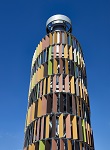



.jpg/468d051b-ba80-83a6-359d-7ef55eefd940)